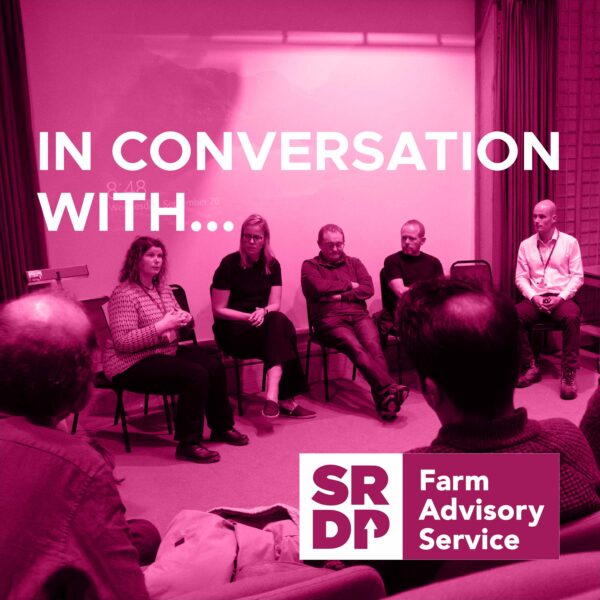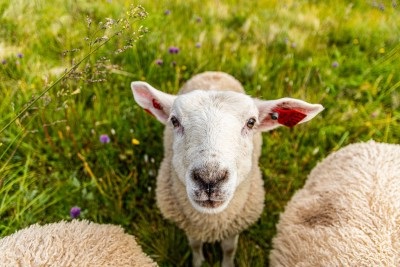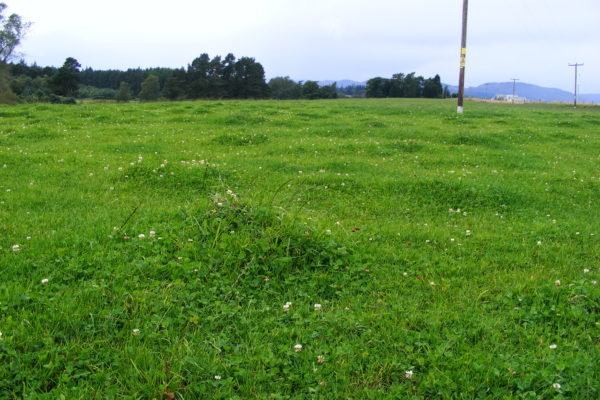Scottish sheep production involves hill, upland and lowland systems, utilising all areas of Scotland. The Scottish sheep system is often described as stratified. Meaning it is designed to use the strengths of specific environments, matched to attributes within breeds. This system allows for hardy breeds such as the Scottish Blackface to forage hill land. While more terminal sired animals are suited to more productive lowland farms.
The system starts with hill. The animals here are hardy, have an excellent ability to forage, motherly and suit challenging environments. They are pure bred and used as breeding stock. Female progeny are often retained for future breeding stock, while surplus females and males are sold as store to upland and lowland farms to be finished. Often older ewes are sold to farms further down the hill and mated with long wool breeds such as the Bluefaced Leicester to produce a mule.
Next we have upland, were the breeds are less hardy, but more prolific, meaning higher numbers of lambs are reared. As explained above, older hill ewes often move to upland farms to produce a mule. Females are often sold to lowland farms for breeding, while males are often either sold to lowland farms as stores or are finished.
Finally we have lowland, breeds including animals that are quick growing and prolific. The mule is usually mated with a lowland terminal sire to produce a quick growing, easy fleshed lamb. Lowland farms are also suited for finishing enterprises, due to their better grass growth and ability to grow root crops such as swedes.
There are approximately 6.67 million (2019) sheep in Scotland, compared to a population of 5.45 people. Popular cuts of lamb meat for the Scottish consumer are leg and loin.
Podcasts

The Golden Hoof
Read >
In Conversation With… Winter Stocktake – Flock Health and Records
Read >
Agri Culture – Jim Chapman: Adapting to Life After an Accident
Read >
Agri Culture – Stephanie Berkeley: Yellow Wellies
Read >
Practical Advice for Lambing & Calving
Read >
Stock Talk – Planning Ahead of Tupping Time
Read >Sign up to the FAS newsletter
Receive updates on news, events and publications from Scotland’s Farm Advisory Service

















